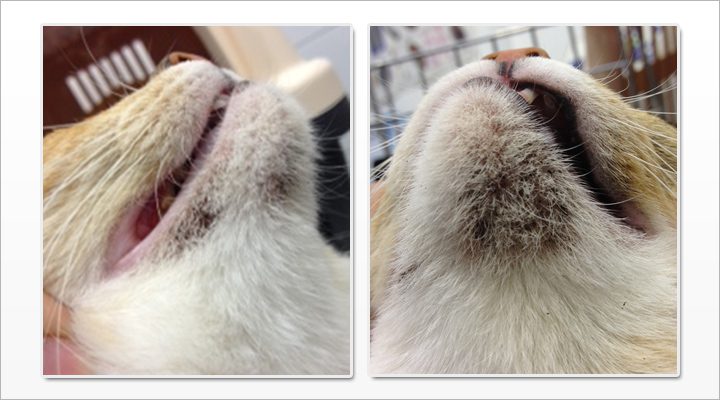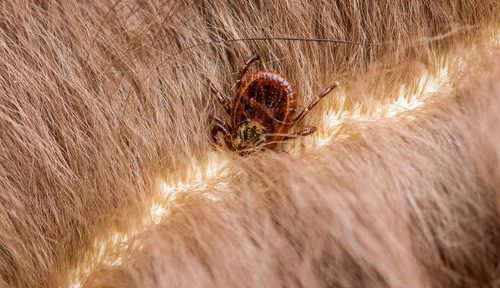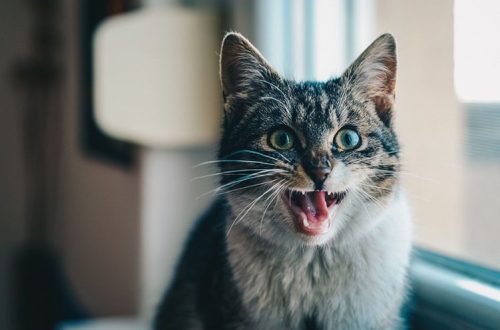
Black dots on the chin of a cat?
Black dots, dirt, scabs on the chin of a cat – what is it? In this article, we will consider such a problem as acne in cats.
Acne in cats is a skin condition that causes clogged pores, predominantly on the lips and chin. Cats of all breeds are susceptible to the disease, and in naked breeds: sphinxes, elves, levkoy, bambino and others – comedones (acne, black dots) can be located throughout the body. There is no breed and gender predisposition, both young animals and the elderly can suffer.
Contents
Reasons for the formation of comedones
Black dots are formed due to a violation of the desquamation of the skin epithelium and a violation of the function of the sebaceous glands or excessive secretion. Predisposing factors:
- Allergic reactions. The protective function of the skin is impaired
- Parasitic diseases, as well as long-term use of immunosuppressive drugs, viral leukemia and feline immunodeficiency, cancer
- Secondary bacterial and fungal infection
- Bowls for receiving water and food from low-quality or long-used plastic
- Insufficiently frequent and thorough washing of bowls
- Unbalanced or inappropriate nutrition for the cat
- Violation of keratinization and functioning of the sebaceous glands
- Lack of hygiene
- Poor conditions
- Genetic predisposition
- Stress
acne symptoms
Often, owners complain about dirt and dark bumps on the chin, which is not washed off. And, more often these are the owners of light cats. However, the disease occurs with the same frequency in animals of all colors. This problem may not bother a cat in any way and be only a cosmetic defect. However, with concomitant diseases, inflammation of the skin, the following symptoms can be observed:
- Itching in the muzzle
- Hypotrichosis (sparse hair) or complete absence of hair
- Black dots
- Swelling, enlargement of the lips and chin
- Skin redness, crusts and black scales
- The appearance of pustules with pus or papules (dense nodules)
It is worth distinguishing this disease from flea allergic dermatitis, notoedrosis, afanipterosis, demodicosis, eosinophilic granuloma, facial dermatitis of Persian cats, and many other dermatological pathologies of cats. Acne is usually characterized by several stages:
- The first stage of the disease is expressed by increased secretion of the sebaceous glands. The attention of the owner of a cat with light hair can be attracted by the persistent presence of greasy yellow spots on the pet’s chin, but in most cases the course is imperceptible.
- In the second stage, comedones are formed. This happens because the increased secretion of the sebaceous glands is accompanied by increased keratinization – the production of keratin protein, the main structural component of the skin and coat. Protein masses prevent the normal emptying of the sebaceous gland, and as a result, the hair follicle, into which the duct of the sebaceous gland flows, is blocked by a mixture of glandular contents and protein. A comedo appears as a black dot that protrudes slightly from the surface of the skin and is often mistaken for contamination. Comedones are usually located on the chin, less often on the skin of the lower lip. Usually similar changes, if the hair is moved apart, can be found at the base of the cat’s tail.
- The third stage is characterized by inflammatory changes in the affected hair follicles, which are caused by the bacterial flora. Folliculitis develops: first, a red papule (tubercle) at the base of the hair, then a pustule (pustule) – the hair follicle dies, and the hair will never grow again. After opening and drying of the pustules, crusts form. Experiencing pain and itching, the cat scratches the affected area, aggravating its infection. When the cat recovers, there are traces of superficial scarring in the affected area and areas of rarefaction of the coat.
Complications
Acne complication can be deep or superficial pyoderma, pyotraumatic dermatitis, secondary infection. The cat may experience severe itching and pain, scratching the skin until it bleeds, with the risk of infection of the wounds and the addition of a bacterial or fungal infection. With severe blockage, atheromas can form – cysts of the sebaceous glands. They may need to be removed surgically under general anesthesia. If acne is found, we recommend contacting a veterinary dermatologist to confirm the diagnosis and prescribe the correct treatment.
Diagnostics
Diagnostic measures should be carried out to exclude concomitant diseases and confirm the diagnosis: ● Superficial and deep skin scrapings. ● Microscopy of wool. ● Cytological examination of the skin, the contents of pustules. ● When demodicosis is detected, general blood tests and a study to rule out leukemia and immunodeficiency.
Treatment
Unfortunately, there is no cure for acne in cats. You can only remove inflammation, eliminate predisposing factors and prevent relapses. When itching, you will need to wear a protective collar. Squeezing black dots and pustules should not be, as there is a high risk of infection and cause deeper inflammation. Periodically wipe the problem areas with Chlorhexidine and lubricate with the ointment indicated by the veterinarian. If the cat allows itself to be washed, then you can use Doctor shampoo with benzoyl peroxide, once or twice a week. Avoid prolonged use of alcohol-based drying products, as this can increase the secretion of the sebaceous glands, which will provoke a new blockage and further spread of blackheads. If the cat tries to lick the cream off its chin, then you need to distract the cat for 15-20 minutes and after this time, blot the remaining cream with a napkin. You may also need to adjust your cat’s diet. When treating acne, be patient. Unfortunately, improvements do not come as quickly as we would like. Treatments must be regular. Be sure to follow all doctor’s orders. If you doubt something, there is no effect or there is a deterioration in the picture, then be sure to contact your doctor to adjust the therapy.
Cat acne prevention
For prevention, it is recommended:
- Use glass, ceramic or metal bowls. Keep them clean.
- Twice a day change the water in the drinker.
- Keep your chin trim. If the cat does not wash itself, then you will have to help her with this.
- Keep clean the resting places of the cat, its houses and beds.
- The cat’s diet should not include products from the general table, since the excess fat content of the food activates the sebaceous glands; do not overfeed the cat.
- Follow the recommendations of the veterinarian.
This disease has practically no cure. Fortunately, if hygienic care is taken and secondary infection is contained, it is only a cosmetic problem and does not affect the quality of life of the cat.





